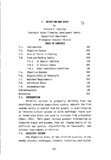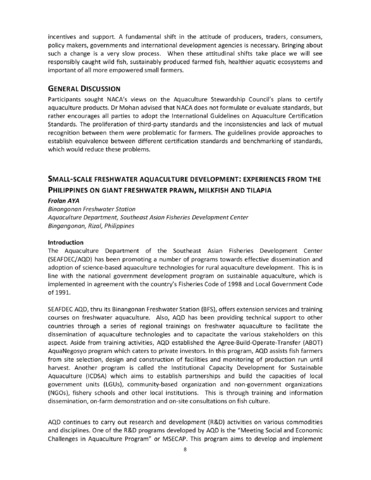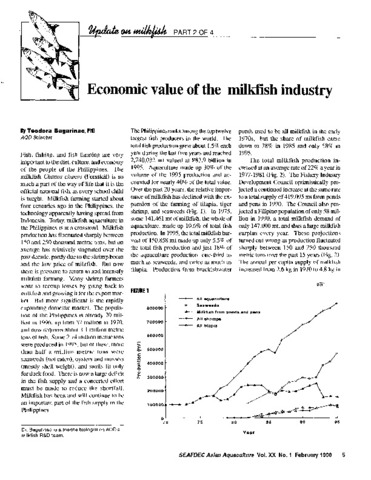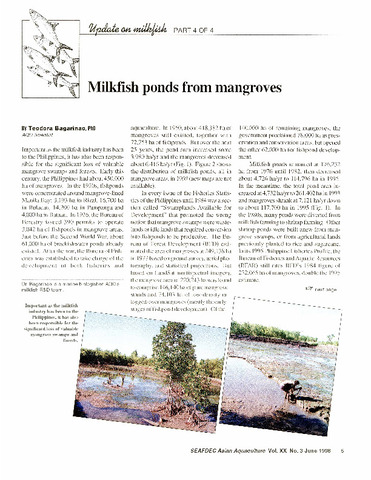Nutrition and feeds

ရှာဖွေ/ဖွင့်ပါ။
ရက်စွဲ
1986စာရေးသူ
Page views
550
Share
စိတ္တဇ
Milkfish culture is gradually shifting from the traditional extensive aquaculture system, where in the fish depends mainly on natural food for growth, to semi=intensive or intensive culture systems in which additional inputs such as formulated diets are used to increase fish production (Chen, 1981). This paper reviews present information on digestive organs and enzymes, food and feeding habits of the age groups, digestibility of feedstuffs, and nutrient requirements for milkfish.
Suggested Citation
Santiago, C. B. (1986). Nutrition and feeds. In C.-S. Lee, M. S. Gordon, & W. O. Watanabe (Eds.), Aquaculture of milkfish (Chanos chanos): state of the art (pp. 181-207). Waimanalo, Hawaii: Oceanic Institute.
ဘာသာရပ်
Taxonomic term
စုစည်းမှုများ စုစည်းမှုများ
Related items
Showing items related by title, author, creator and subject.
-
Small-scale freshwater aquaculture development: Experiences from the Philippines on giant freshwater prawn, milkfish and tilapia
Aya, Frolan (Japan International Cooperation Agency, 2013-12)The Aquaculture Department of the Southeast Asian Fisheries Development Center (SEAFDEC/AQD) has been promoting a number of programs towards effective dissemination and adoption of science-based aquaculture technologies ... -
Economic value of the milkfish industry
Bagarinao, Teodora (Aquaculture Department, Southeast Asian Fisheries Development Center, 1998)A brief description is given of the milkfish (Chanos chanos) farming industry in the Philippines. Over the past 20 years, the relative importance of milkfish has declined with the expansion of tilapia, tiger shrimp and ... -
Milkfish ponds from mangroves
Bagarinao, Teodora (Aquaculture Department, Southeast Asian Fisheries Development Center, 1998)





